History/driving impressions originally published in AutoWeek March 14, 1988
What a name! It has magic to it, that certain…rightness. Righteousness, even as good as the car itself.
Surely a tag like Silver Ghost sold many a Rolls-Royce.
Sure. Except that Rolls-Royce never built a model called the Silver Ghost, never cataloged one, never sold one. Never.
What ho, you say, why for then this article on the Rolls-Royce Silver Ghost, the car that doesn’t exist?
Except that’s not what I said. What Rolls-Royce built was the model 40-50 hp and Rolls-Royce only adopted the name Silver Ghost retroactively for all the cars in the series to distinguish them from a lesser spectre, the Phantom I. In the beginning the name belong to a single automobile, the name the genius of one man, Claude Goodman Johnson.
Claude Johnson has been called “the hyphen in Rolls-Royce.” He was Charles Rolls’ partner when in 1904 the pair began selling cars built by Frederick Henry Royce. Enthusiast of motor trials – which is how he came to know the similarly afflicted Rolls – and apparently a born promoter, Johnson arranged a 2000-mile public trial against a White steamer in 1907.
The Rolls entered was the 13th 40-50 made (which incidentally left the works on April 13), with a Roi-des-Belges body by Barker, painted silver with aluminum paint and with all its metal fittings silver painted. Johnson had the habit of bestowing pet names on individual cars in this one he called Silver Ghost. Silver of course was for its color, and Ghost was for its silent running. How quiet was it? The auto car (April 20, 1907), said “the motor beneath the bonnet might be a silent sewing machine.”
Anyway, the Silver Ghost finished its trial, was checked for wear and then reassembled prior to beginning a 15,000-mile observed run during which there was only a single “involuntary stop” (to open a fuel tap that had shaken shut) and in an inspection afterwards, the only wear found was in the steering. And if that seems remarkable for 1907, think of how many modern cars can’t make it through a 12,000-mile warranty without a return to the dealer.
The car, a standard model mechanically, was rather remarkable for 1907. It was powered by an in-line six made of two fixed-head blocks of three cylinders each. With bore and stroke both at 4.5 inches, the displacement was 429 cu. in .(in 1909 it would go to 453 cu. in. via more stroke). There were seven main bearings with pressure lubrication, both rare at the time, and side valves with exposed springs were opened by then unique adjustable tappets. The engine was specially mounted to prevent stress damage from chassis flex and the four-speed non-synchro transmission could actually be shifted without crashing gears. It was big. A bare chassis weighed over 2800 lbs and was offered by the end of the model run with either a 144 or 155.5-inch wheelbase.
The 40-50 was made in Great Britain through 1925, and a US version to avoid the hefty import duties of the time was built at Springfield, Mass., from 1921 through 1926. It was the only Rolls ever made in the U.S., and in England, largely due to Claude Johnson’s single model philosophy, it was the only new Rolls you could buy between 1908 in 1921. Total U.S. production was 1703 and in England 6173 were made.
For a car like the Silver Ghost, those are substantial numbers, even over a period of almost 20 years. Most of the cars, unlike the original Silver Ghost and the special bodied cars that usually show up in magazine articles such as this, were really rather ordinary cars with ordinary bodies (relatively speaking, of course).
Dr. Doug White, a Rolls enthusiast in Winston-Salem, N.C., has one of these “ordinary” Silver Ghosts. Built in 1923, it came to the U.S. about 1968 and was restored shortly thereafter. (Those knowledgeable of Rolls will note correctly that the horizontal grill louvers are those of a Springfield car. Dr. White doesn’t know the reason for the change made by the original importer, although behind the grill is a Mack truck radiator…).
Dr. White’s Ghost sports a Hooper touring body, although this may not have been the body for which the car was originally made. It’s possible the original body was a limousine by Barker, and that the body on the car now was a “summer body,” the limo body gone to wherever such things go. If so, it wasn’t atypical. R-R owners could have summer and winter bodies, with whole sections lifting off just aft of the firewall. Just a few bolts to hold it to the massive frame. The body, Dr. White says, “ doesn’t have to do anything but hold the occupants in.” And it doesn’t have to be much to do that as he demonstrated by grasping the side of the body and shaking it. I wouldn’t have done that. It does, however, make a very lightweight car – for such a heavy automobile. It’s the body plate that makes the Hooper special: “Motor Body Builders and Coachbuilders to HIS MAJESTY THE KING, HER MAJESTY THE QUEEN, H.R.H. THE PRINCE OF WALES, H.R.H. THE DUKE OF CONNAUGHT, ETC., ETC.” Tell the King of Siam his car is ready.
Driving the car proved the reputation of the Rolls. The engine was ultra smooth and the car, excepting some mechanical noises under hood, quiet. Unless I was shifting gears. The gearbox is not synchronized and except when I was very lucky, shifts were not graunchless. The trick is to get into high and stay there, shifting down only for grades on climber bowl in top. One gets the expected smoothness and, as a bonus, a pleasant, almost regal drive. 55 mph is natural. Temptation to go faster it is strangely absent. But that’s good. The brakes, though good for their day, fall far short of modern expectations. The long wheelbase means wide, easy arcs. Forget about speed through the slalom. It won’t even fit between the pylons.
But Dr. White, who has taken a number of highway trips with his Ghost, vouches for its Gibraltar-like reliability. It was on such merits that the Rolls-Royce of 40-50 sold, not a magic name. The name came later. The magic was in quality, and that was there from beginning.
Despite a 1965 Ford Galaxie televisgion advertising campaign claiming the Ford is “quieter than a Rolls-Royce,” it’s still amazing just how quiet a vintage Rolls-Royce, including the driven 1923 Silver Ghost can actually be. Quiet as a sewing machine? Quieter.





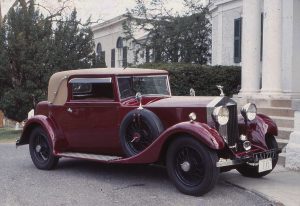
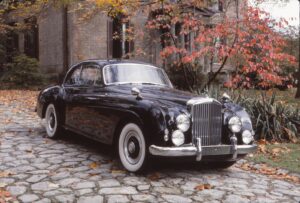
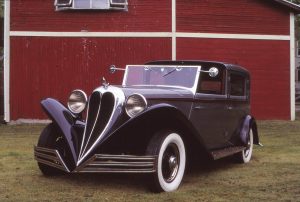
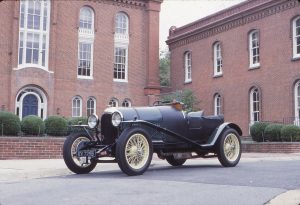
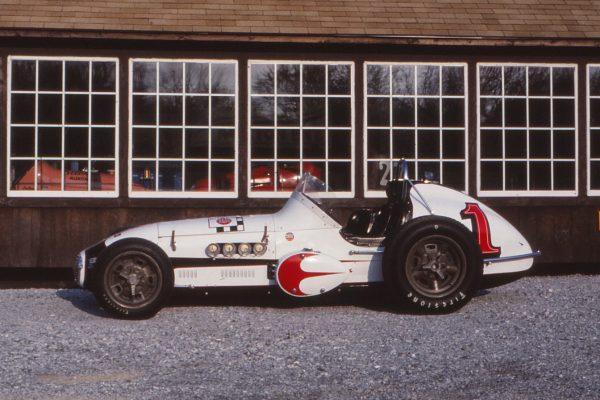
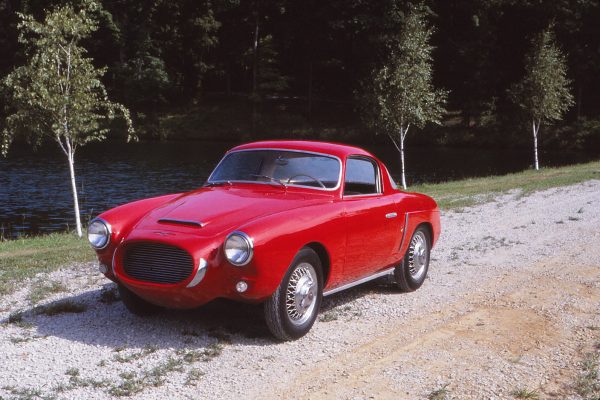
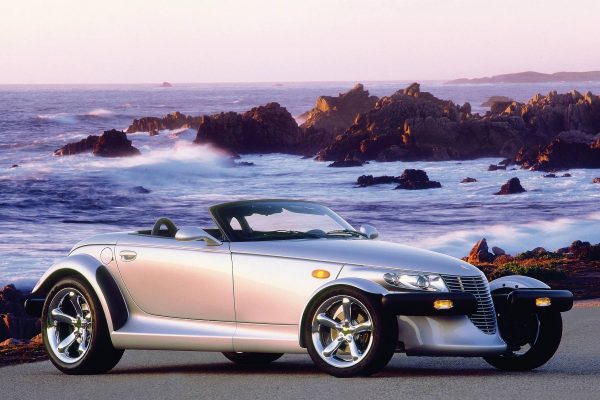
What Do You Think?
You must be logged in to post a comment.